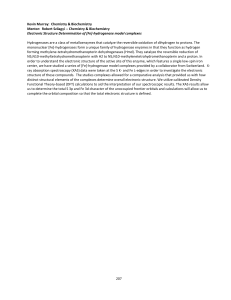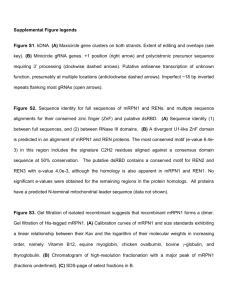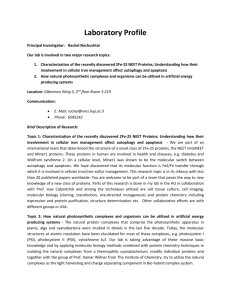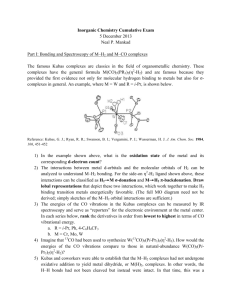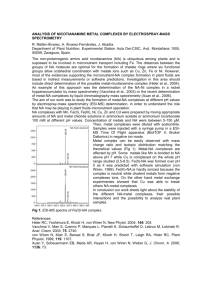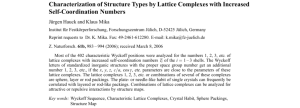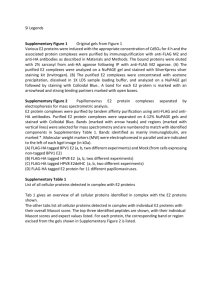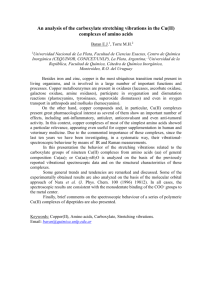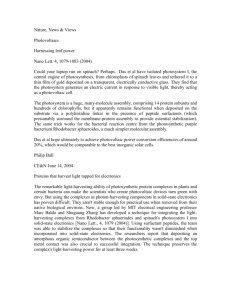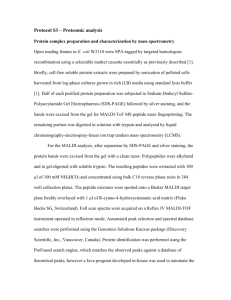eskow_assign11
advertisement
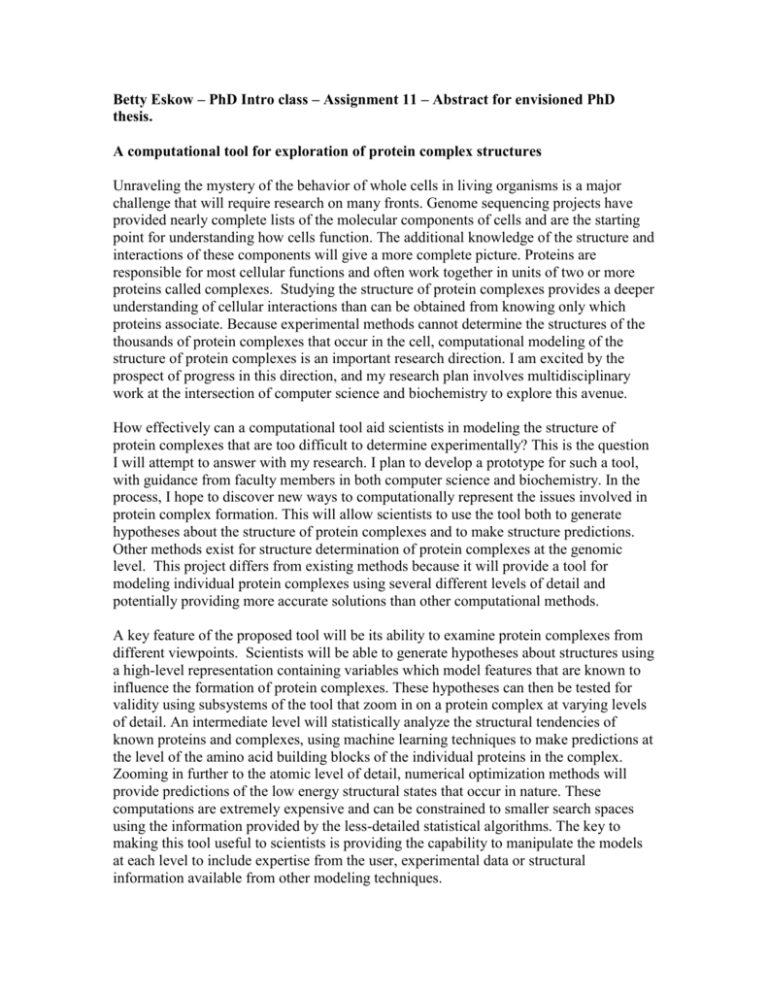
Betty Eskow – PhD Intro class – Assignment 11 – Abstract for envisioned PhD thesis. A computational tool for exploration of protein complex structures Unraveling the mystery of the behavior of whole cells in living organisms is a major challenge that will require research on many fronts. Genome sequencing projects have provided nearly complete lists of the molecular components of cells and are the starting point for understanding how cells function. The additional knowledge of the structure and interactions of these components will give a more complete picture. Proteins are responsible for most cellular functions and often work together in units of two or more proteins called complexes. Studying the structure of protein complexes provides a deeper understanding of cellular interactions than can be obtained from knowing only which proteins associate. Because experimental methods cannot determine the structures of the thousands of protein complexes that occur in the cell, computational modeling of the structure of protein complexes is an important research direction. I am excited by the prospect of progress in this direction, and my research plan involves multidisciplinary work at the intersection of computer science and biochemistry to explore this avenue. How effectively can a computational tool aid scientists in modeling the structure of protein complexes that are too difficult to determine experimentally? This is the question I will attempt to answer with my research. I plan to develop a prototype for such a tool, with guidance from faculty members in both computer science and biochemistry. In the process, I hope to discover new ways to computationally represent the issues involved in protein complex formation. This will allow scientists to use the tool both to generate hypotheses about the structure of protein complexes and to make structure predictions. Other methods exist for structure determination of protein complexes at the genomic level. This project differs from existing methods because it will provide a tool for modeling individual protein complexes using several different levels of detail and potentially providing more accurate solutions than other computational methods. A key feature of the proposed tool will be its ability to examine protein complexes from different viewpoints. Scientists will be able to generate hypotheses about structures using a high-level representation containing variables which model features that are known to influence the formation of protein complexes. These hypotheses can then be tested for validity using subsystems of the tool that zoom in on a protein complex at varying levels of detail. An intermediate level will statistically analyze the structural tendencies of known proteins and complexes, using machine learning techniques to make predictions at the level of the amino acid building blocks of the individual proteins in the complex. Zooming in further to the atomic level of detail, numerical optimization methods will provide predictions of the low energy structural states that occur in nature. These computations are extremely expensive and can be constrained to smaller search spaces using the information provided by the less-detailed statistical algorithms. The key to making this tool useful to scientists is providing the capability to manipulate the models at each level to include expertise from the user, experimental data or structural information available from other modeling techniques.
